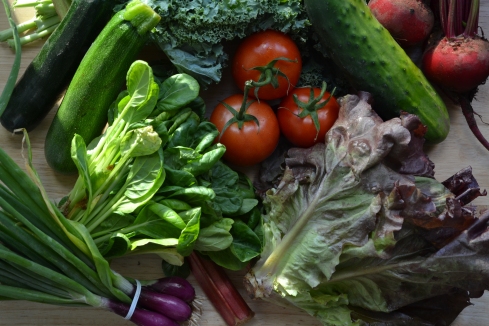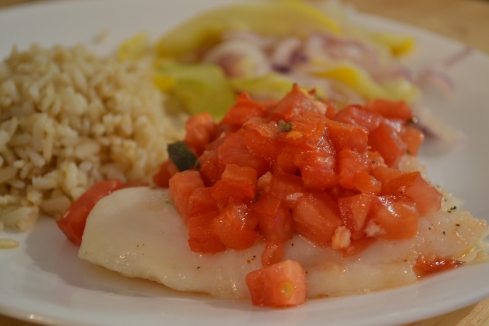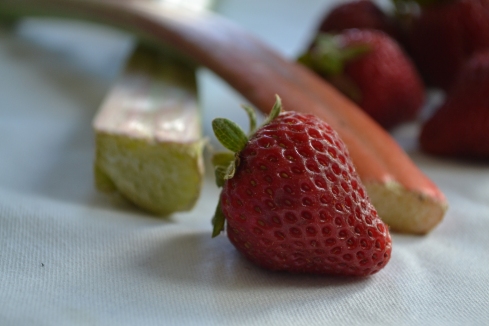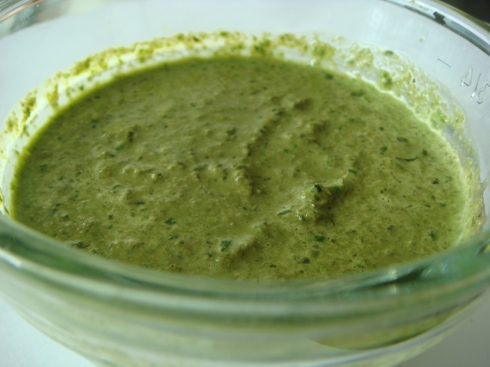My local food box has been good to me this year. Each week there seems to be a few standard items (salad greens, kale or swiss chard, onions) along with a handful of more exotic ingredients (a basil plant, coronation grapes, candy cane beets). Having a fridge full of veggies that I otherwise wouldn’t purchase without a recipe in mind is a refreshing change from the norm. It forces me to step outside of my comfort zone and get a little bit creative in the kitchen.
Dinner last Thursday was inspired by my most recent food box. We received a few plum tomatoes that were starting to bruise (read: needed to be used ASAP) and my basil plant from last month had been staring at me longingly all week. The Italian classic ‘Bruschetta’ immediately came to mind. If it works on bread, certainly a mild fish will act as a good canvas, right?
The bruschetta-topping was delicate and mild enough in flavour to not overpower the fish. Best of all, it was EASY as pie (by the way, who came up with that saying? Martha Stewart? Unless you’re Martha, pie is not easy to make). So simple that I wrote a Haiku poem about it:
Loads of Tomatoes,
Garlic, Olive Oil, Basil.
Plop on fish and bake.
Okay, so poetry is not my strong suite. This Mediterranean-inspired fish was paired with Ontario-grown patty pan squash sauteed with an Ontario red onion (both from my food box). The rice and fish weren’t local, but Shh– nobody needs to know!
Bruschetta-Topped Fish
(a Lisa original)
400 g white fish (e.g. basa or tilapia)
3 plum tomatoes, seeded and chopped
4 cloves of garlic, crushed
1 tablespoon olive oil
3 tablespoons minced fresh basil
Salt and freshly ground pepper, to taste
- Preheat oven to 400 degrees Fahrenheit
- In a medium bowl, combine tomatoes, garlic, olive oil, and 2 tablespoons of basil. Add salt and pepper to taste.
- Place fish on a lightly oiled baking sheet. Top with tomato mixture and bake for 12-15 minutes, or until fish flakes and is opaque throughout. Top with remaining 1 tablespoon basil before serving.
Makes 4 servings. Per serving: 140 kcal, 5.2 g fat, 20 g protein.

















